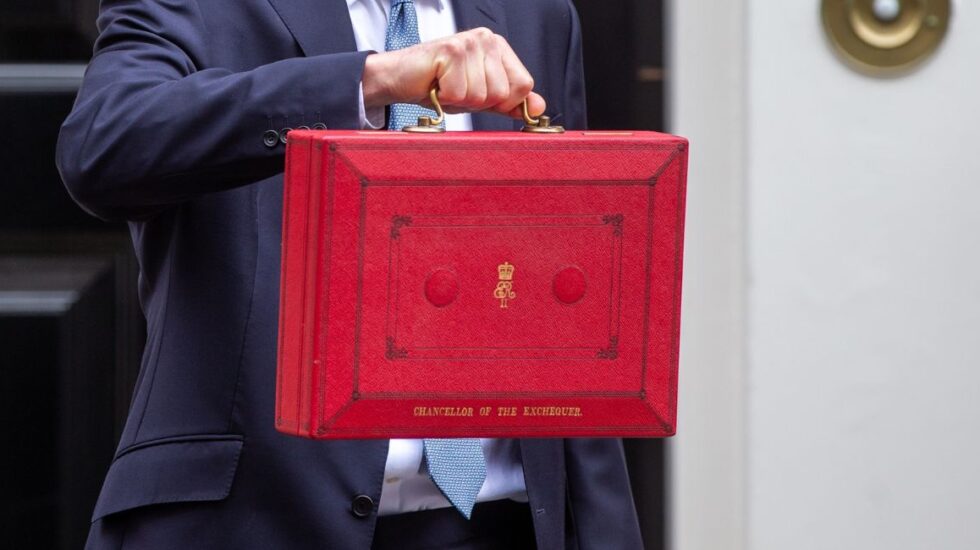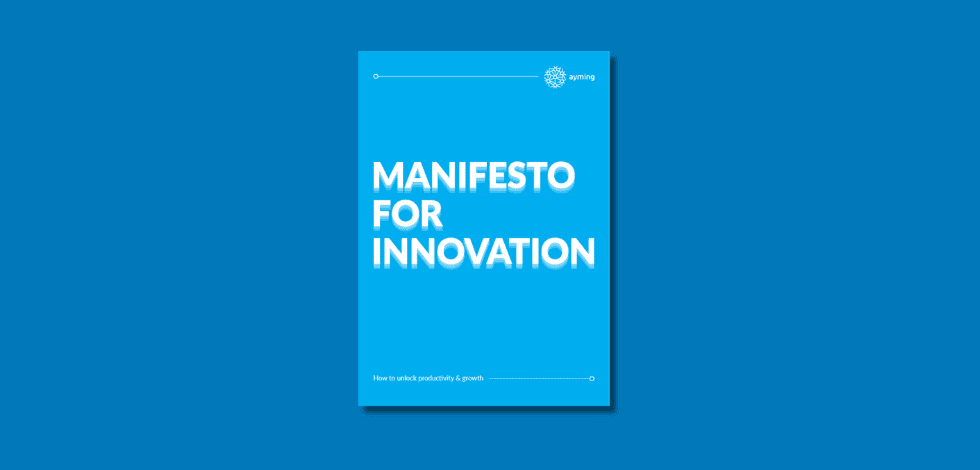Rising numbers of R&D tax claims but Government must do more
This year’s numbers show a continuation of the strong growth that we have seen for the last five years or so. HMRC’s report indicates that a key reason for this is down to volume of claims, both from first time applicants and also from larger organisations who are growing in their understanding of what R&D is and what more they might be able to claim for. This indicates a rising awareness around R&D which is a huge positive.
But more needs to be done if we’re to hit ambitious targets. Although the Government’s verbal commitment at the latest Budget is important, we will need more than platitudes to make sure that R&D growth is protected, especially as Ayming’s latest International Innovation Barometer shows that expectations for budget increases within organisations are down 12% on this time last year.
Bold Government strategies to deal with climate change, Covid challenges and levelling up regional disparities will be key to encouraging companies to invest in R&D in the coming years. Sustainability in particular is a huge area of opportunity with only a third (32%) of the UK businesses we asked stating that they feel pressure to undertake sustainable innovation from the Government. Clearly there is much more scope for encouragement. Investing in these strategies, as well as continuing education and awareness around R&D is crucial, not only to meeting growth targets, but to help kickstart the economy following this period of economic uncertainty.
Take a look at this breakdown by Njy Rios for a deeper dive into HMRC R&D Statistics 2020 – released 30 September.
Innovation in the time of Covid: Ayming’s International Innovation Barometer 2021
Our newly released second annual International Innovation Barometer shows that the pace of economic change is rapid, and Covid-19 has added fuel to the fire. While the impact of the pandemic on R&D has yet to fully reveal itself, companies must innovate through market downturns. Fortunately, this report reveals that businesses and governments alike are discovering new ways both to fund their innovation and make it more productive.
The results show that these emerging trends seem chiefly driven by private resources. Governments can safeguard innovation spending by encouraging further understanding of R&D – because ultimately businesses need to know how much they are doing to decide whether to boost activity – and through the provision of further incentives. By demonstrating that innovation will be rewarded, governments can help maintain R&D growth.
R&D teams remain resolute in the face of several key obstacles. Not only has Covid-19 caused expectations for budget increases to decline 12%, but complexity is making it increasingly difficult to innovate successfully. International competition for talent is fierce, and collaboration is proving challenging.
However, advances in technology are empowering R&D professionals, who see it as the most important driver of innovation, selected by 39% of survey respondents. All the same, the growing technical nature of R&D means businesses are looking for outside support, with use of external private resources up from 35% to 48%. Collaboration may be down, but a new outsourcing hybrid model is emerging whereby big companies create an innovation ecosystem with smaller ones.
The funding landscape has also diversified. Incentives remain crucial, with R&D tax credits most popular at 47%, but applications remain over-complicated – a particular problem for SMEs with limited resources. SMEs often cannot finance R&D themselves, so these challenges have caused a jump in private funding, with equity/debt funding up 6%, and crowdfunding up 17%.
To read the full report and get a complete picture of the state of innovation across Europe and North America you can download a copy of the International Innovation Barometer here.













